Leica’s latest development in monochrome photography is finally here. The Q2 Monochrom banks on the reputation of the eight-year reign of the monochrome rangefinder and offers black-and-white fans something unusual: A dedicated all-in-one travel camera with superb resolution but without the option of colour.
The monochrome concept has always been a leap of faith, even for dedicated Leica aficionados, but all three versions of the rangefinder have been in demand. It is a good example of a fleet-of-foot smaller manufacturer using its flexibility to address a market that few thought existed.
This new camera is even more focused. Not only does it produce only black-and-white images, but it also restricts you to one lens, and that a wide-angle 28 mm. Wahnsinn! 1, as the burgers of Wetzlar might exclaim. But up at the factory, they know what they are doing. I predict the Q2-M will be even more successful than the existing rangefinder Monochrom. It is unique, and all the better for it. If you have ever thought of buying a Monochrom, you’ll be persuaded by this one.
Resolution
Instead of the 40MP sensor found in the M10-M, the Q2-M uses a modified version of the 47MP sensor from the SL2 and Q2. The M10-M was already a resolution beast, and this larger sensor ups the stakes significantly.
By removing the colour array and ensuring that all pixels are dealing only with shades of grey, the effective resolution of a monochrome sensor is higher than that of a colour sensor with the same number of pixels.
In terms of resolution, the M10-M’s 40MP sensor can be compared with a colour sensor of around 60MP. With the new 47MP sensor of the Q2, however, this equivalence will higher.
Monochrome sensors also have the edge in dynamic range, although the advantage diminishes as the number of pixels increase. Hence, the M10 Monochrom with its 15 stops of dynamic range outguns the new Q2-M with a 13-stop advantage. However, that is still two stops better than the colour Q2, a very respectable improvement.
Pure stealth
In appearance, the new camera is pure stealth. Even the black Leica logo seen in leaked photos has gone. It is an unadorned matte black apparition which, despite its cost and heritage, is unobtrusive. It is probably an ideal tool for black-and-white street photography.
As I predicted last week, the price of the Q2 Monochrom in the UK will be £4,995, including VAT. Leica has a sense of humour, however, since the press release makes it clear that the price is for “body only”. But don’t take that too seriously, you’ll get your lens.
What do you think? Will the Q2-M convert you to monochrome photography? Is buying this camera an easier choice than spending 30% more on an M10-M body?
PRESS RELEASE
Leica Q2 Monochrom: The only full-frame compact camera with a dedicated monochrome sensor.
Wetzlar, 10th November 2020. Leica Camera is delighted to present a new addition to the ‘Q’ family, the Leica Q2 Monochrom. The first monochrome only camera from the ‘Q’ range. With a newly developed full-frame 47.3 megapixel monochrome sensor, fast 28mm prime lens, precise autofocus and OLED viewfinder technology, the Leica Q2 Monochrom continues with the performance of the Leica Q2 while defining new standards in black & white photography.
With matte black paint and grey and white engravings, the design of the camera is sleek and minimal with MONOCHROM lettering on the top. This is complemented by a unique, intuitive operating concept, with a specially adapted menu for the unique features of a black and white only camera. All colour settings for image and video recording have been omitted and the menu has only been supplemented with filter settings (for) monochrome images (blue, sepia, selenium).
The ‘Made in Germany’ seal of quality guarantees that only the finest and most resilient materials are employed in its construction. The Q2 Monochrom is constructed in Germany by Leica’s highly qualified specialists renowned for their quality, precision and perfection. This ensures the camera performs with the utmost precision whilst remaining robust enough for all types of adventures. Like the Leica Q2, the Q2 Monochrom comes with a protective seal against dust and water spray complying to the IP52 Standard.
In addition to capturing beautiful images with the exclusively developed full-frame monochrome sensor, the range of creative options has been expanded with a new 4K video mode. Brilliant, black and white video recordings can be made with 3840 x 2160 pixels and frame rates of 30 or 24 fps or, alternatively, in the familiar full HD format with 120, 60, 30 or 24 frames per second. In addition, the fast aperture of f/1.7 ensures perfect picture quality in even the most difficult lighting situations.
The impressive autofocus system of the Leica Q2 Monochrom locks precisely on the subject in less than 0.15 seconds, making it one of the fastest cameras in its class. The further improved Maestro processor enables a high sequential shooting rate with an impressive 10 frames per second at the full resolution to ensure that the truly wonderful moments in life will never be missed. When using the Leica FOTOS App, the camera’s integrated Wi-Fi module makes it possible to quickly and easily share pictures via social media, or change numerous camera settings from a smartphone including remote control the shutter release.
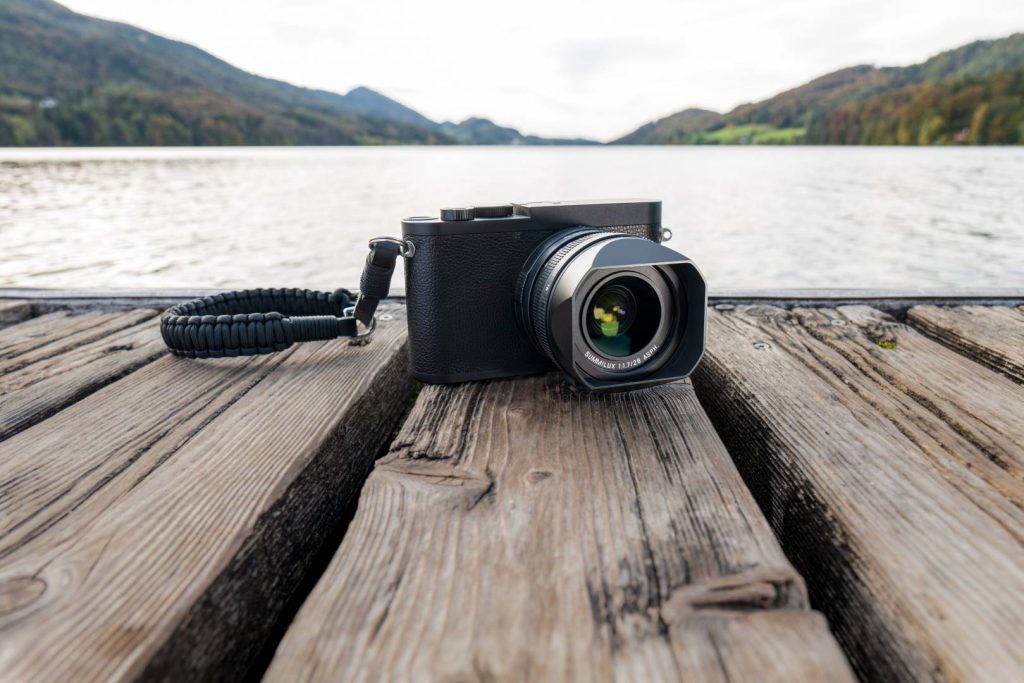
Thanks to the extension of the integrated digital zoom function together with the Leica Summilux 28mm f/1.7 ASPH. lens, users now enjoy even more flexibility for composing their pictures. In addition to the uncropped 28mm focal length of the camera lens, a crop factor can be chosen to simulate exposures made with focal lengths of 35, 50 or 75mm. The selected crop is displayed as a bright-line frame in the viewfinder and on the rear display panel. The cropped image from the selected framing is saved in JPEG format with correspondingly reduced resolutions of 47.3, 30, 14.7, or 6.6 megapixels. The uncropped image is always saved simultaneously as a DNG file with the full resolution of 47.3 megapixels.
The Leica Q2 Monochrom features an OLED viewfinder with a resolution of 3.68 megapixels to provide complete control and considerably improved image depth and higher contrast. The viewfinder is activated as soon as the camera is brought up to the eye and shows the image reliably and without any perceptible delay.
The Leica Q2 Monochrom is on sale from today at Leica Stores and authorised Leica dealers.
RRP: £4,995 (body only)
Technical data (click to enlarge)
More on the Leica Q and Q2
Jono Slack’s review of the Leica Q2
- Madness! ↩

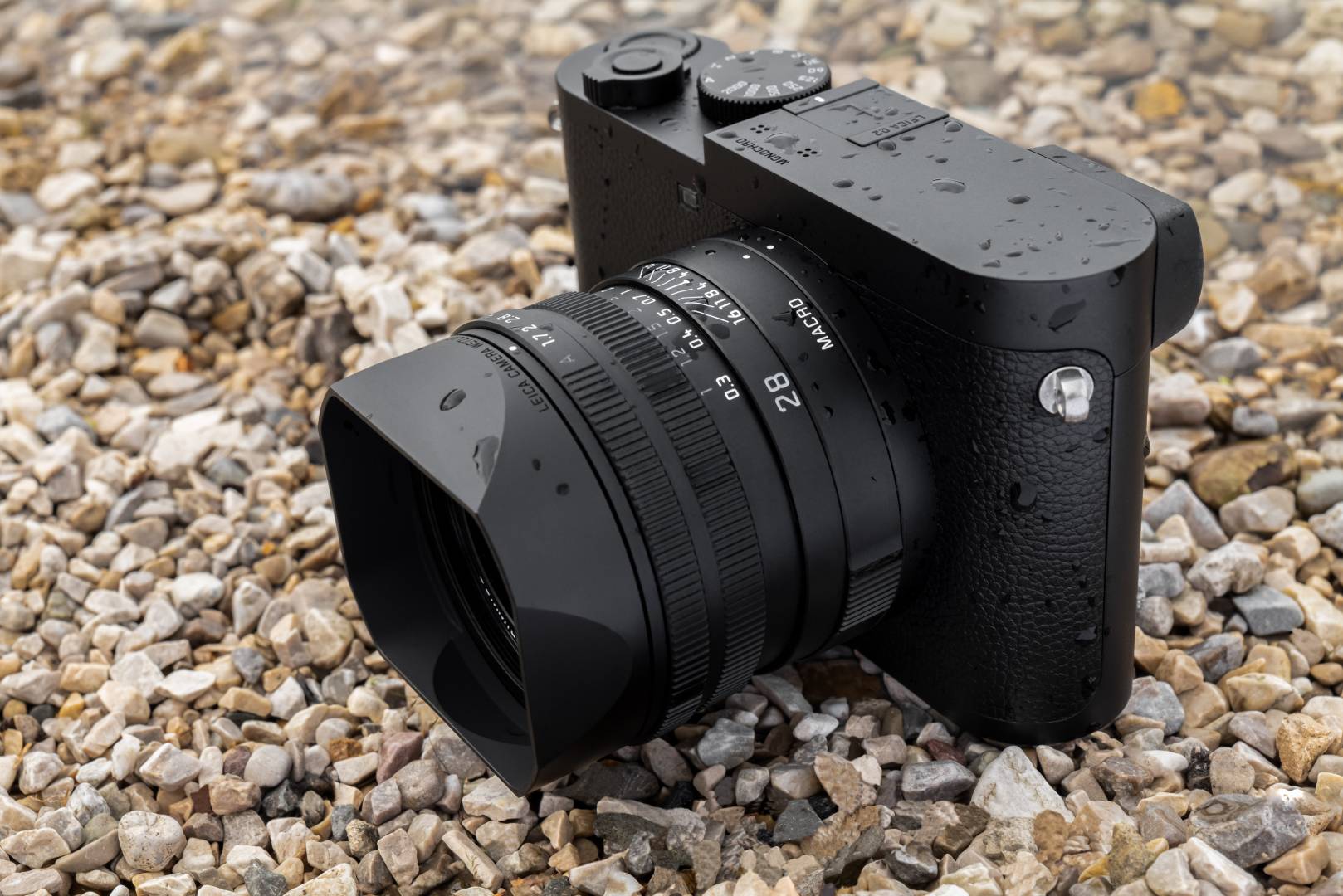
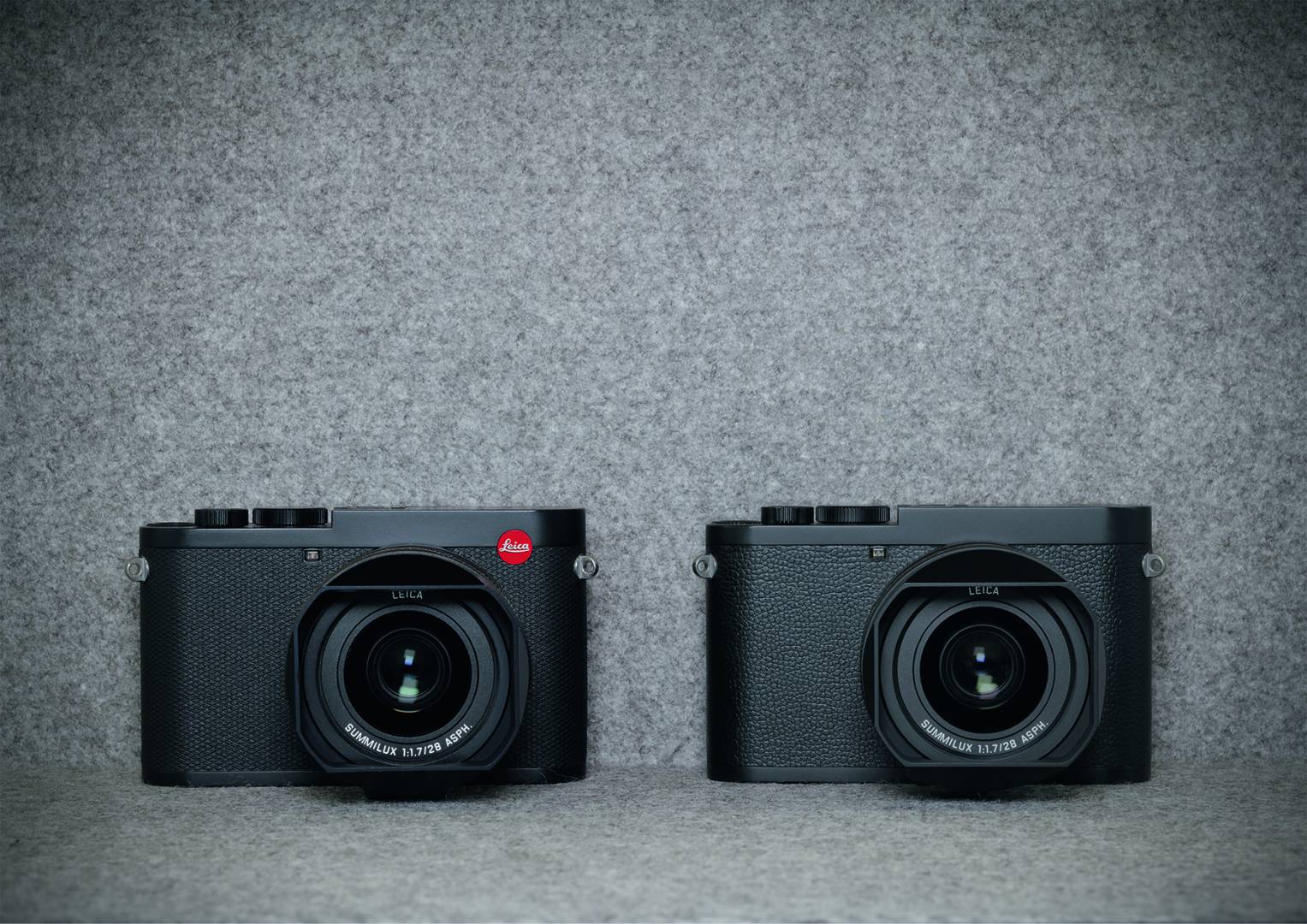
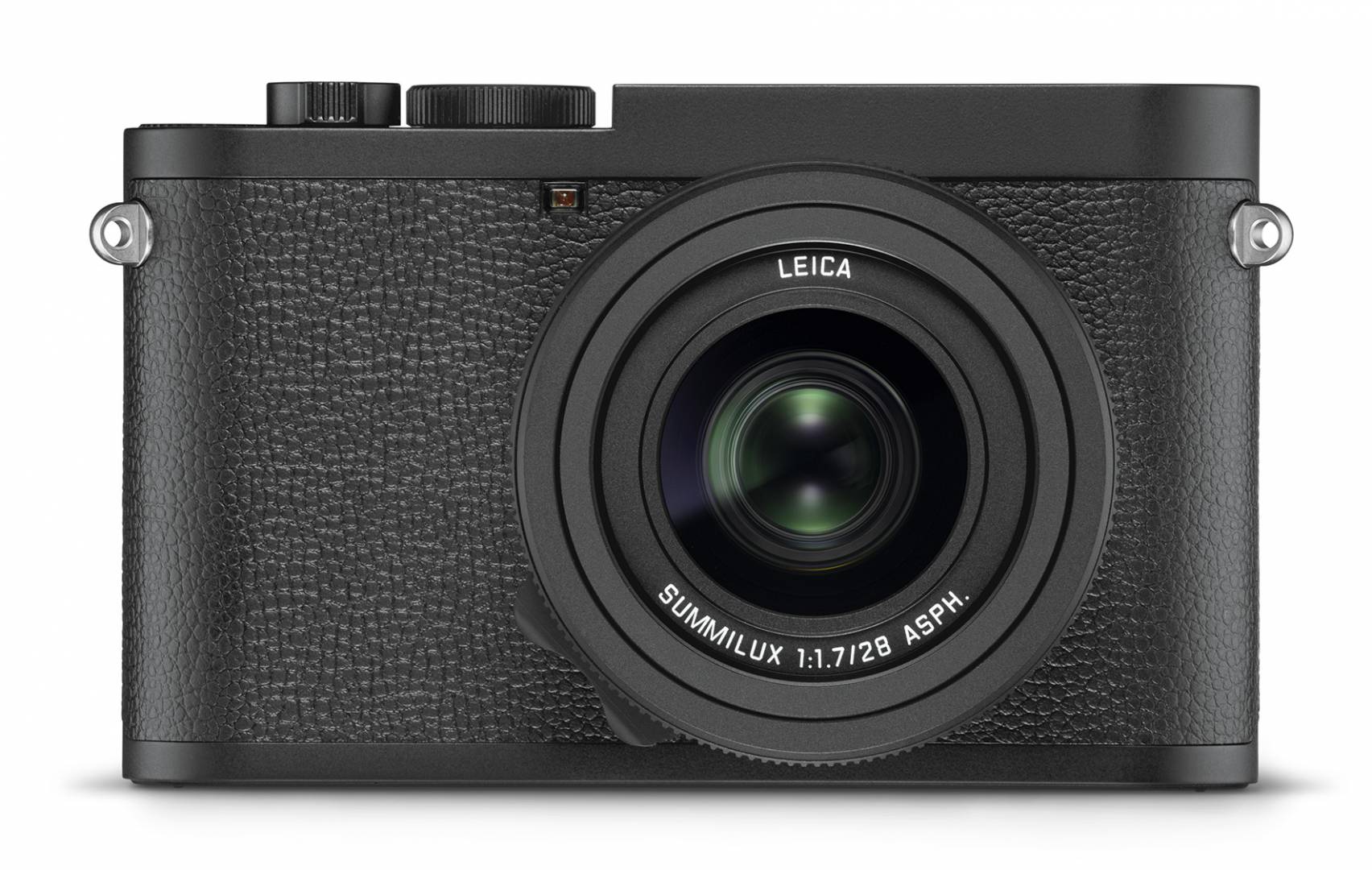
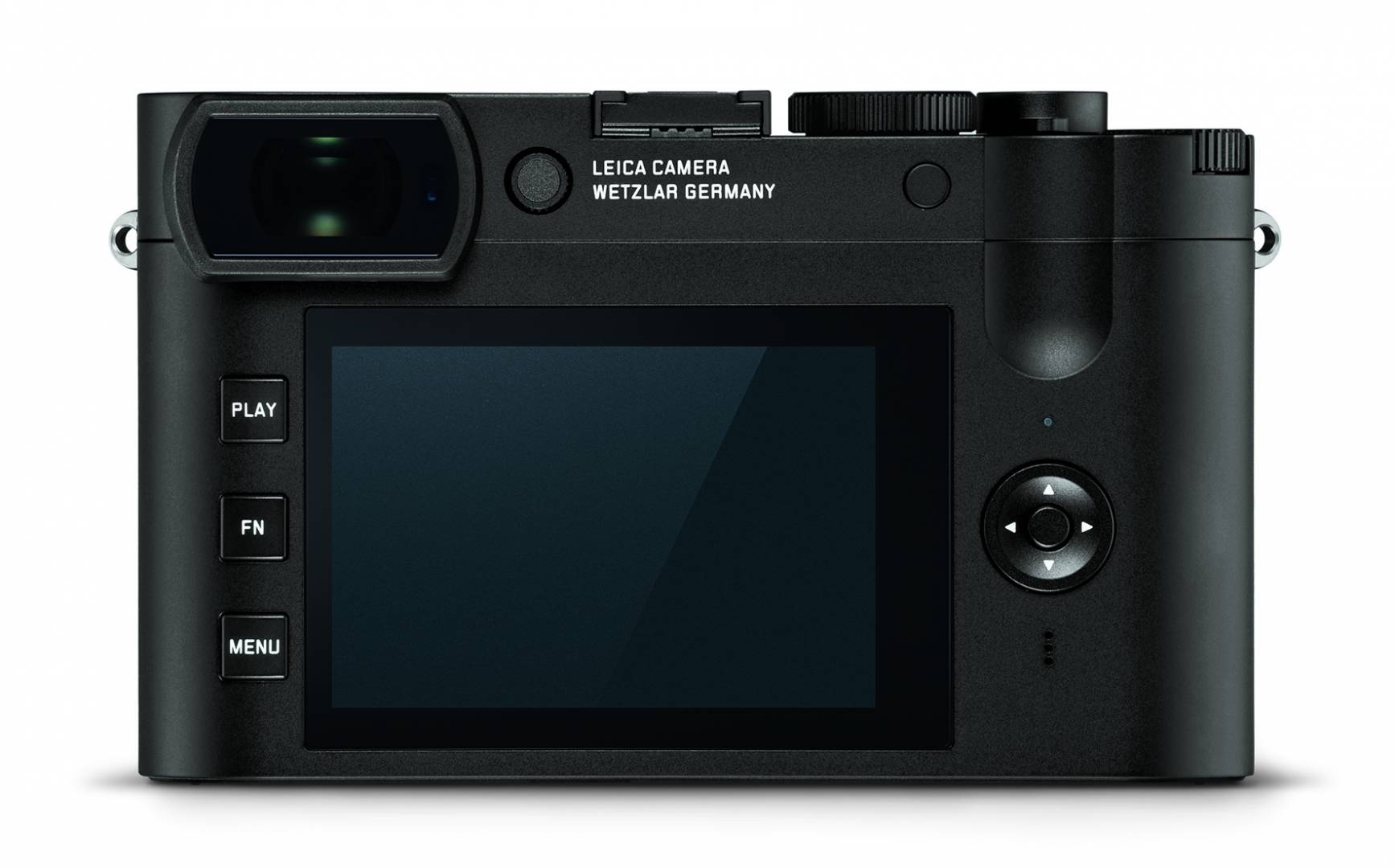
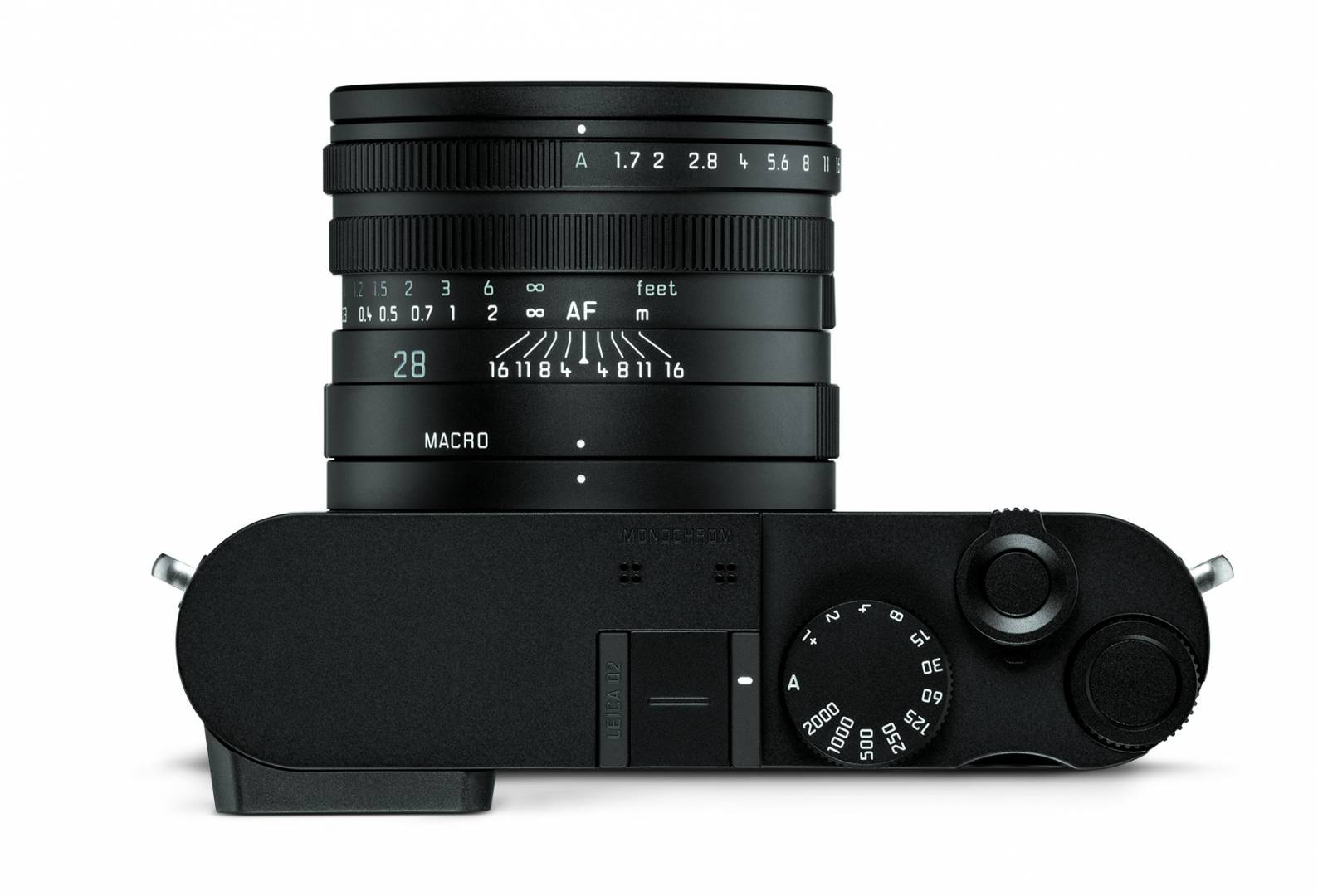
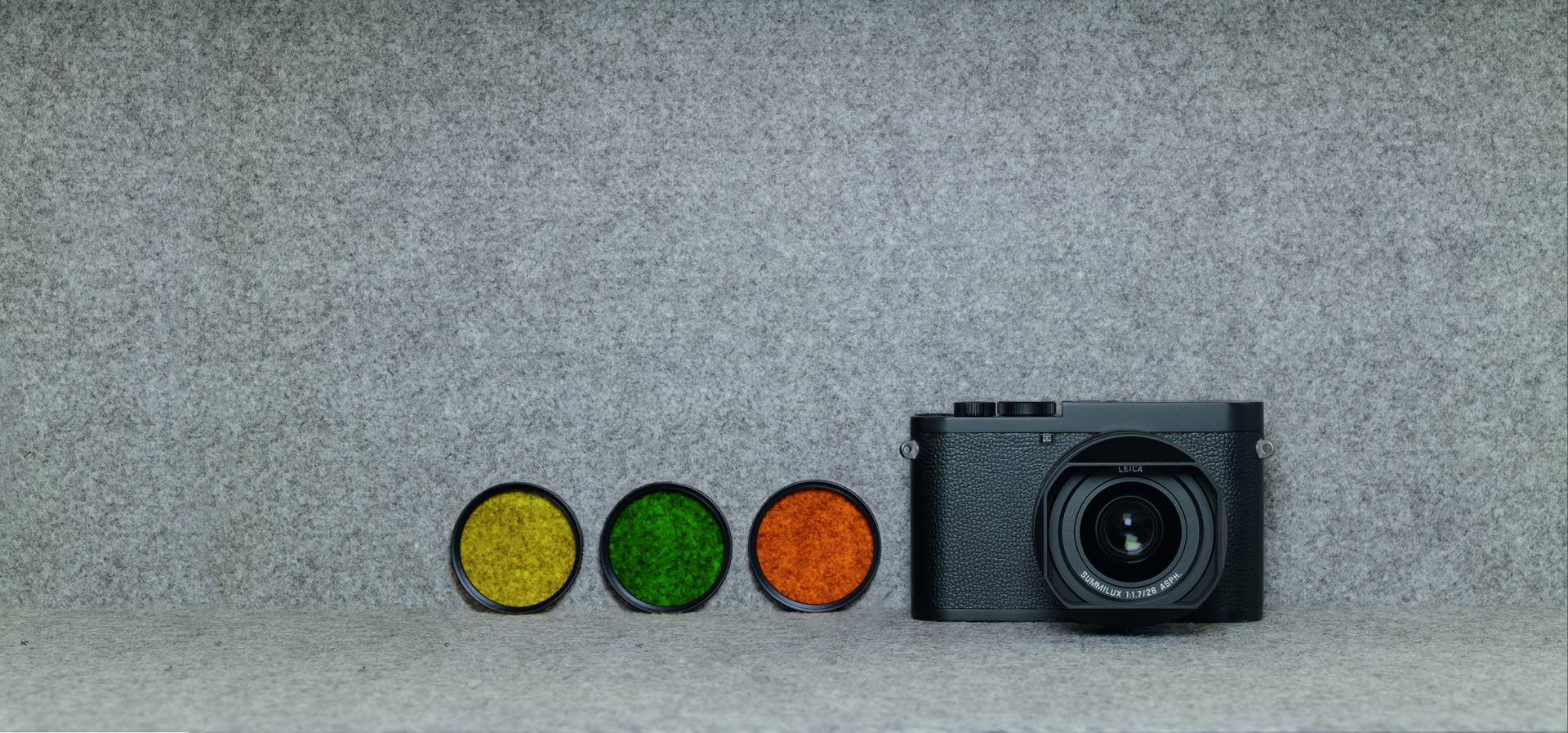
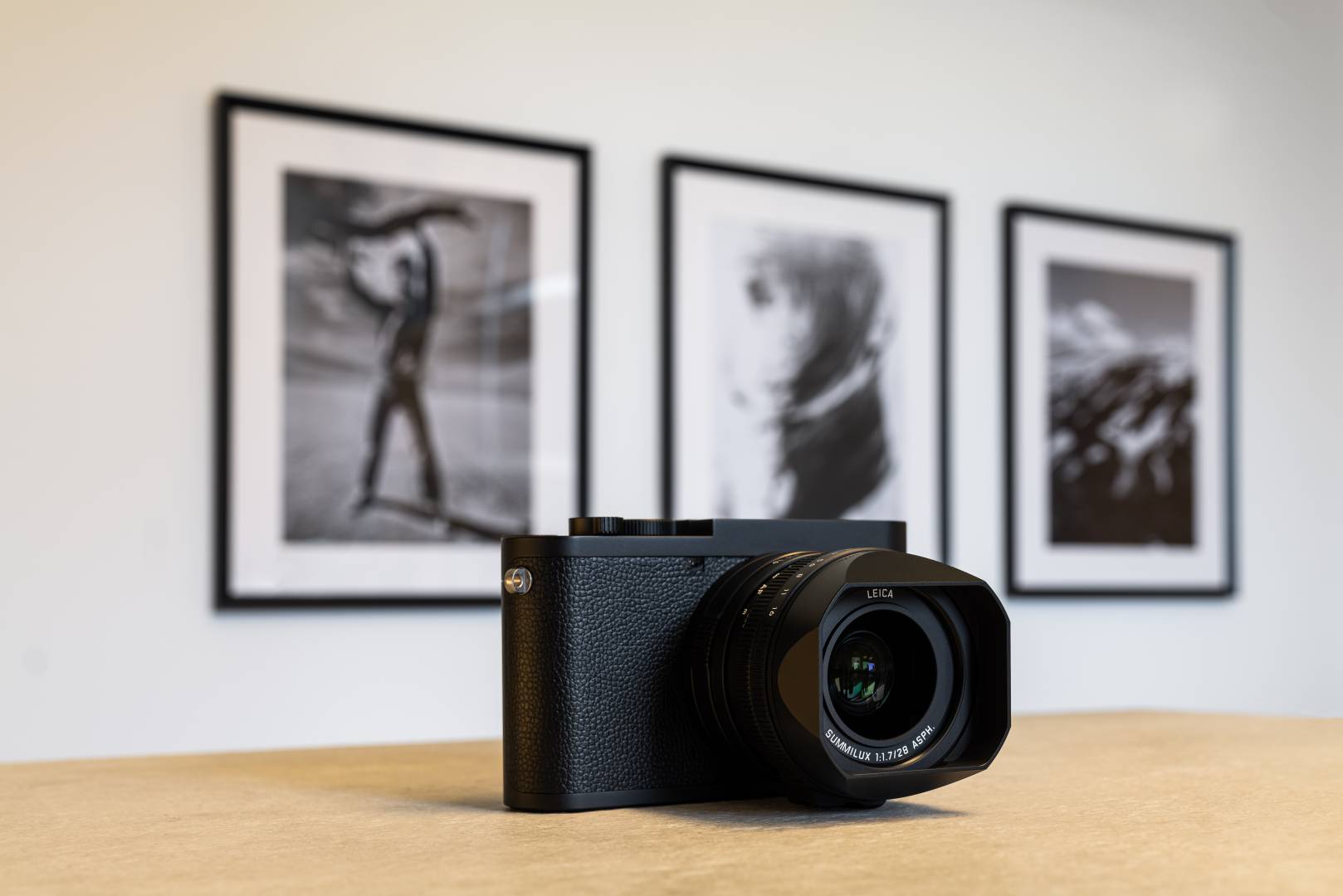
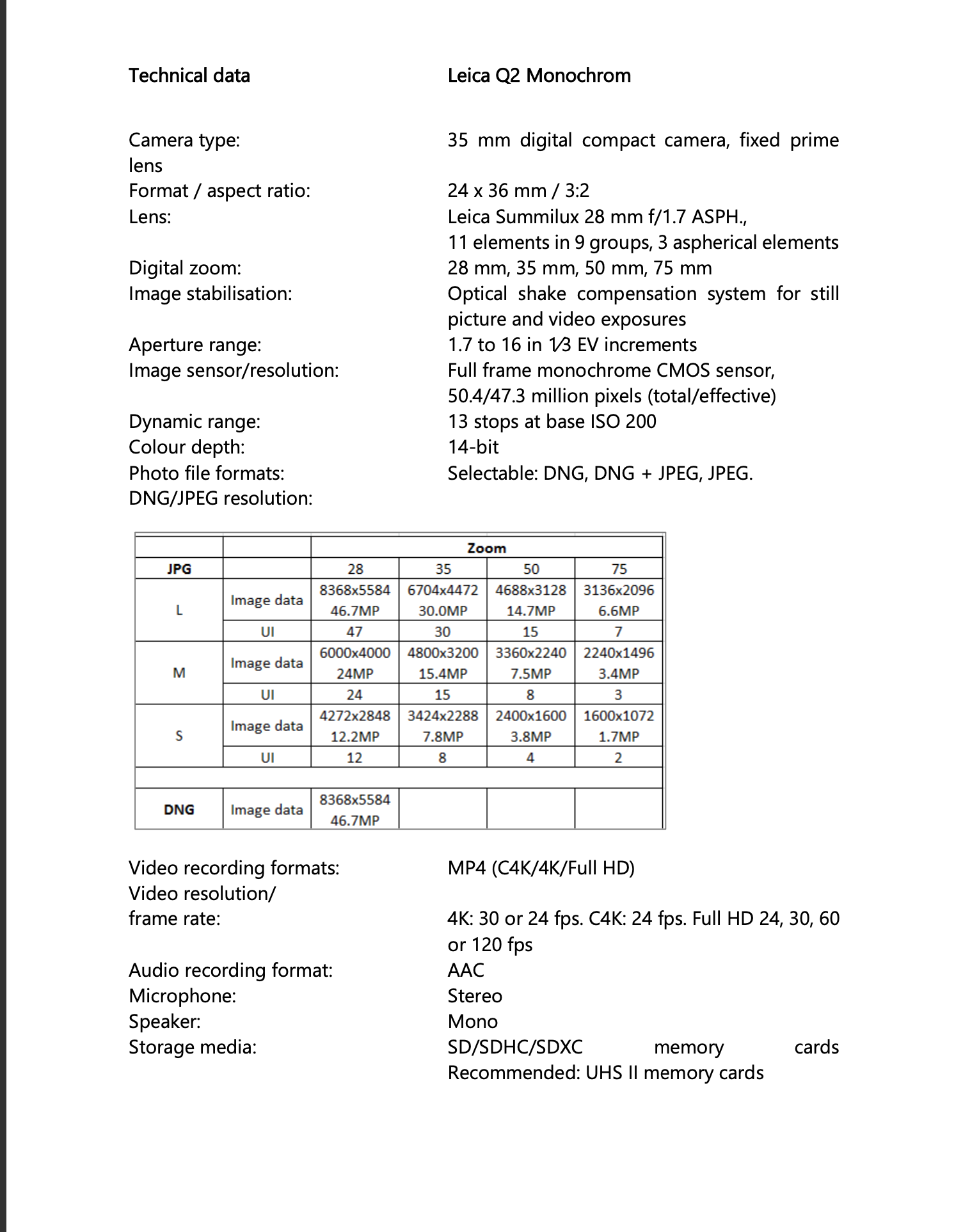
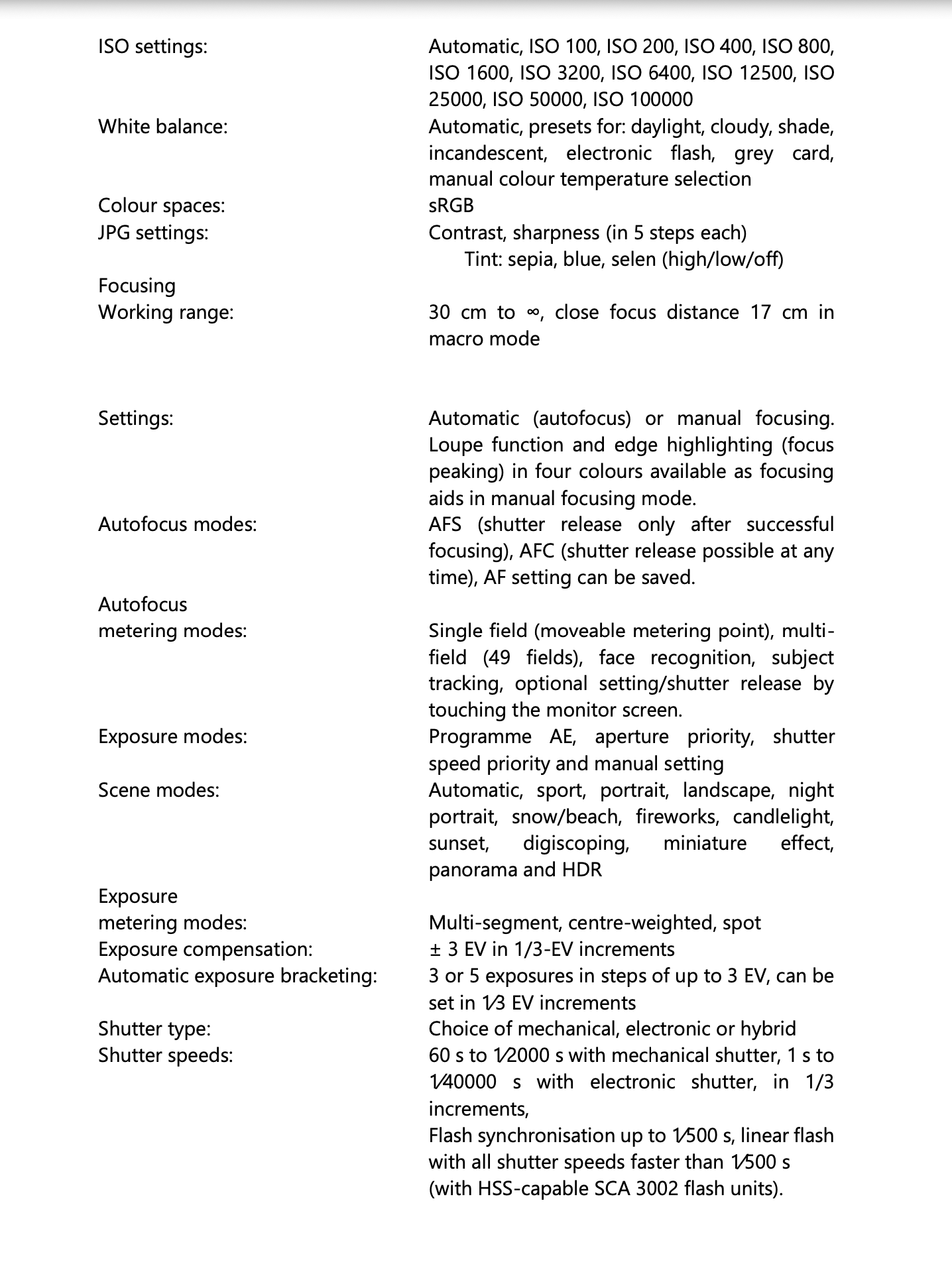
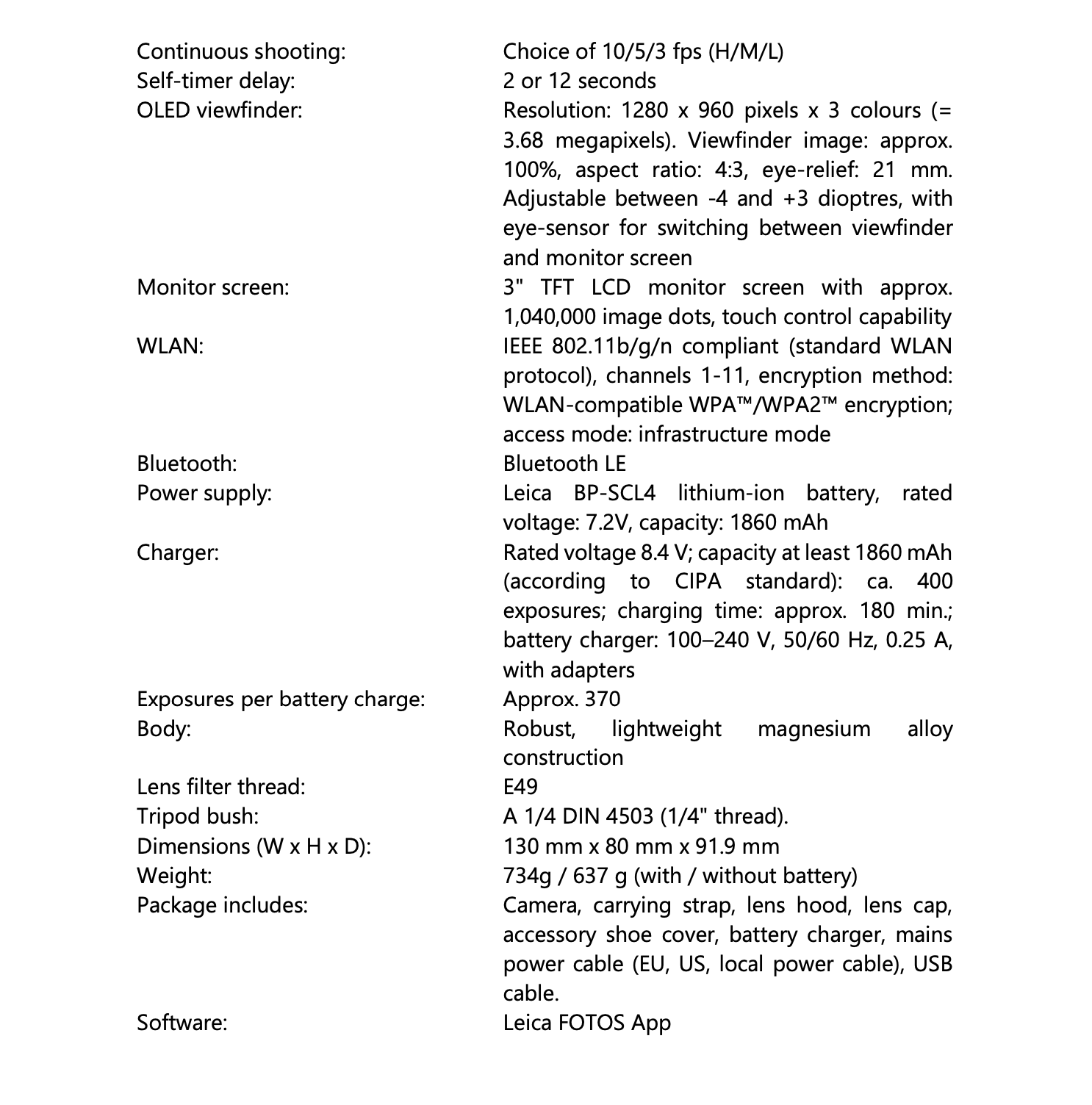
L’embarras du choix, so many good new cameras and unfortunately for a lot of people very little to no opportunity to use them…
Very true. Sometime today a Q2-M is arriving by courier so I can try it for eight days. But nowhere to go, nothing very noteworthy to photograph. It’s all very frustrating.
So if it’s a monochrom camera why is the press release in colour? Just askin’.
Good point. I will ask the PR agency …
🙂
Leica Miami showing $5995.00 ! So which is it?
£4,995 is UK price.
A gorgeous camera. Black and white photography was what attracted me to photography and remains a passion. For me, there is nothing better than a superb B&W image.
I want a monochrom Q2 but it will have to wait for funds!
Nice camera. I might have been tempted had I not decided to go back to using film for black and white work. I have not been able to find a price in real money for me (Euros) but converting the UK Sterling price to Euros gives a price of approximately 560 rolls of Tri-X. I don’t plan to use that much black and white film over the next 5 or even 10 years, but someone who is a regular shooter of large amounts of film might want to look at the economic equation as Kodak and others have been increasing film prices in large jumps in recent times.
My reason for shooting film is related to the fact that I have a very large number of vintage cameras to use which are mainly, but not exclusively, Leicas. The physical filters are, of course, to be used with RAW images. The concept of in camera filters for black and white work has been around for some time. For example, Fujifilm cameras have had ACROS plus red filter settings for JPEGs for about 5 years now and they are very effective. If you use these settings with RAW the camera will restore the image back to a straightforward RAW image. It is, however, possible to add these effects to a RAW image in Lightroom and other post processing software to produce a final TIFF or JPEG image that contains the desired effects. It has been possible to use traditional physical filters for RAW images on the Leica M Monochrom. It is also possible, though, to add these effects to an M10 RAW image converted to black and white in Lightroom, but I suspect that the Monochrom models will give a much better range of tones.
As I don’t have a darkroom at home Covid lockdowns have restricted my ability to process black and white film at the darkroom which I usually use. I am now thinking about using (by post) a lab at the other end of the country that does non C-41 black and white processing so that I don’t fall out of the habit of shooting film.
I am sure that Leica will get some good sales from this camera as it addresses a niche market that no other manufacturer is currently filling.
William